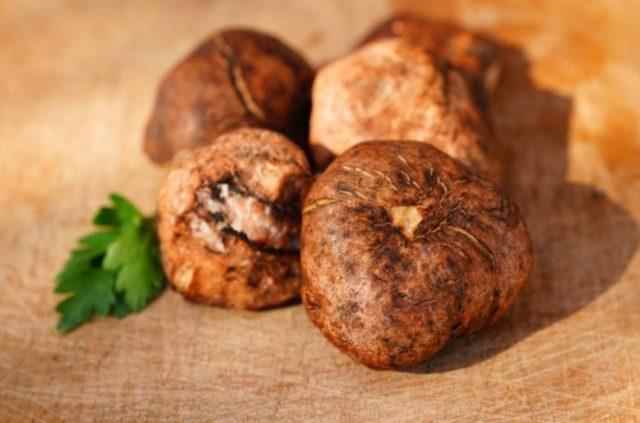In the deficiency of vitamin D we get from sunlight, symptoms such as unbearable bone pain, weakness, headache, depression and fatigue occur. Vitamin D can drop from time to time. Insufficient sunlight, especially in winter, causes a decrease in vitamin D. For this reason, it is necessary to consume the right foods to get vitamin D from the outside. Studies indicate that daily edible mushrooms can meet all your vitamin D needs.
CONSUMPTION OF A PARTICULAR AMOUNT OF MUSHROOM MEETS YOUR DAILY NEEDS
While foods like oily fish and egg yolks often get all the attention when it comes to sources of vitamins, mushrooms can be just as potent. In fact, research shows that a certain amount can give you exactly as much vitamin D as you need daily.
EVEN SUNLIGHT DURING SUMMER DOESN’T BENEFITS IN WINTER

Classified as a fat-soluble vitamin, vitamin D helps absorb calcium and phosphorus from your diet. This ability makes the vitamin essential for your bone and muscle health, with low levels putting you at risk for a host of complications. According to the NHS, although you can get all the sunshine vitamin you need during the summer just by spending time outside, fall and winter don’t offer the same benefits.
VITAMIN D SUPPLEMENTS CAN BE TAKEN AFTER OCTOBER

Although daily vitamin D supplementation is essential starting in October, mushrooms can also meet your daily intake. Adults need 10 micrograms of vitamin D per day, which is equivalent to 400 International Units (IU), according to the health service. This is where mushrooms come in, promising to meet just that amount. According to a study published in the journal Nutrients, mushrooms can meet 50 to 100 percent of the daily requirement for vitamin D, which is characterized by their earthy taste.
100 grams of food is enough
The research concluded that eating 100 grams of brown food can offer exactly this amount. How does vitamin D get into these little foods? Research shows that mushrooms on some large commercial farms around the world go through a process similar to tanning sessions. Manufacturers expose them to UV radiation, which helps fungi produce the sunlight vitamin. So just like humans, brown foods get their vitamin D from the sun.

However, it is important to note that not all manufacturers expose their mushrooms to UV radiation. Fortunately, the labels on mushrooms purchased from the supermarket can help you identify which type offers the fat-soluble vitamin. The researchers added: “Vitamin D-enriched mushrooms contain high concentrations of vitamin D2, which is bioavailable and relatively stable during storage and cooking.
